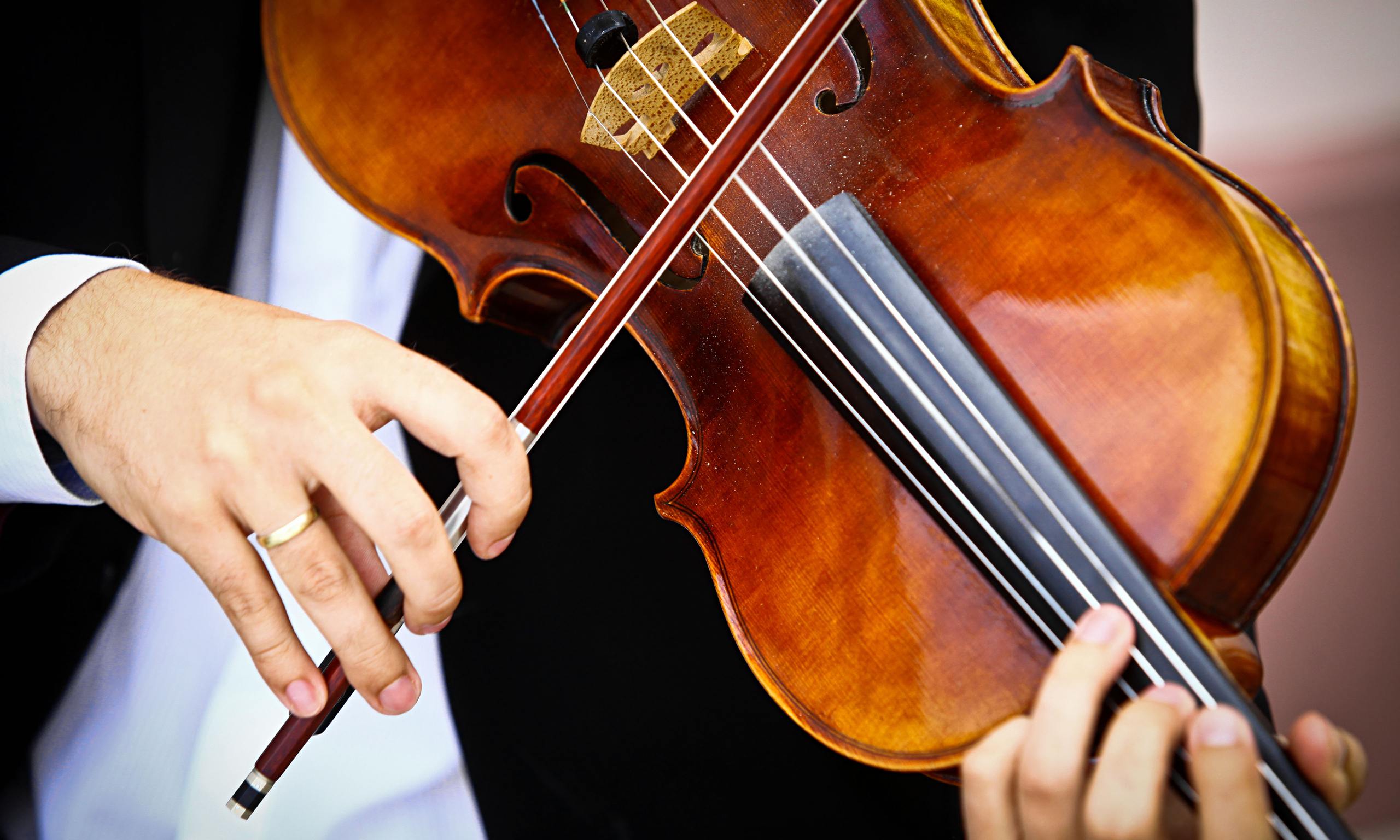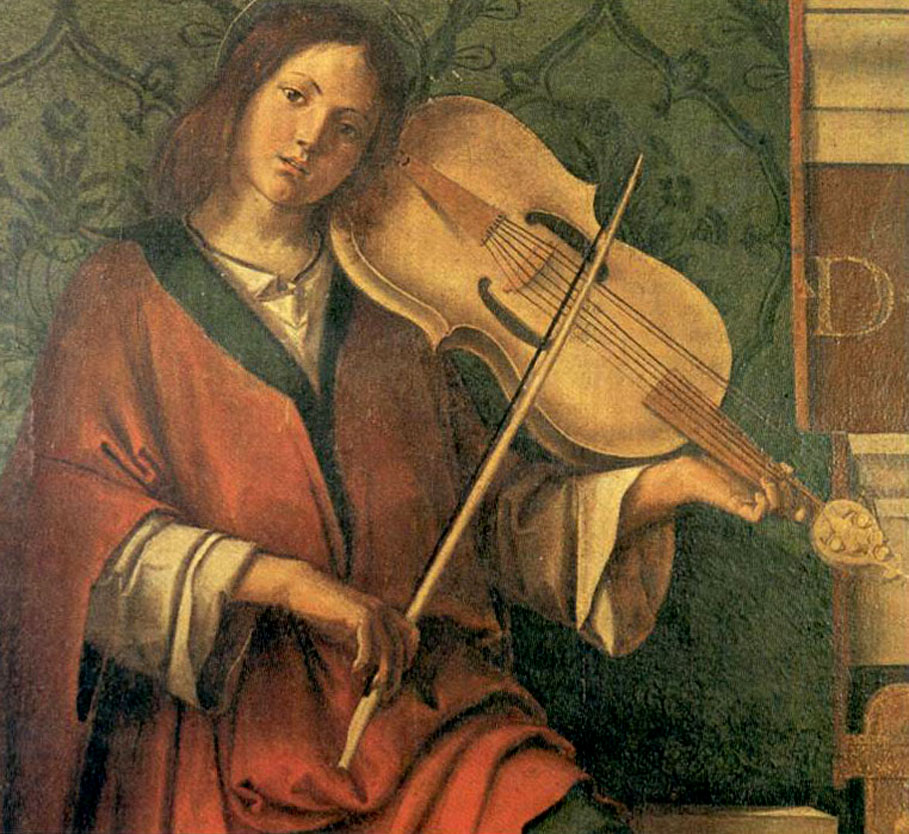The Viola
The Underrated Instrument
The history of the viola and the history of the violin and the so-called “violin family”, have been closely related. In the history of classical music, the viola, although neglected in many aspects, has played quite an important role, recognised by several composers and authors of treatises. A bit like salt in a meal: it's not the main ingredient but it's indispensable.

The Evolution of the Viola
Before the start of the 16th Century, the term ‘viola’ was already used
to describe string instruments that bore similar characteristics of the
violin family. Such instruments were grouped under two families: viola
da braccio and viola da gamba. The viola da braccio was played on the
arms, had low ribs, four strings across a curved bridge and a round
back. The viola da gamba was played at the legs, had high ribs, five to
seven strings across a flatter bridge and a flat back.
Essentially, the term ‘viola’ was used for all such instruments in
Italy. For example: Violino (small viola); Violone (big viola/bass
viola); Violoncello (smaller bass viola).
Viola da bracchio and Viola da gamba
The viola and violin family developed around the beginning of the 16th century in Italy from previous bowed instruments, such as the viola da bracchio and the viola da gamba. The shape of viola and violin as it is today was not invented but was rather the result of an evolution of various forms, by different craftsmen. There are paintings and other documentation of that time proving that makers were experimenting with various shapes and sizes of bowed instruments.
Early example of a viola in painting
Angeli Musicanti, 1534-36
Gaudenzio Ferrari (c. 1471 – January 11, 1546)
From the background, to the foreground
In the 16th and 17th centuries, the viola was mainly used in the
orchestra and the opera. By the 18th and 19th century, more composers,
such as Telemann, Stamitz, Mozart, Berlioz, and Mendelssohn, began
writing music for viola as a solo instrument.
Since the 20th century, the viola has gained more fame and appreciation
for its deeper timbre and more parts were dedicated to this instrument
in compositions of this period.
Links to notable compositions:
- Rebecca Clarke, Sonata for Viola and Piano
- Hector Berlioz, Harold en Italie
- W.A. Mozart, Sinfonia Concertante
- William Walton, Viola Concerto
- Paul Hindemith, Sonata for Viola and Piano, Op.11 No.4
- Robert Schumann, Märchenbilder, Op.113
Read more at
Viola in Music
and
Viola Central.
Interested in a specific topic? Click below!
This page was coded by Michaela Kleer.


